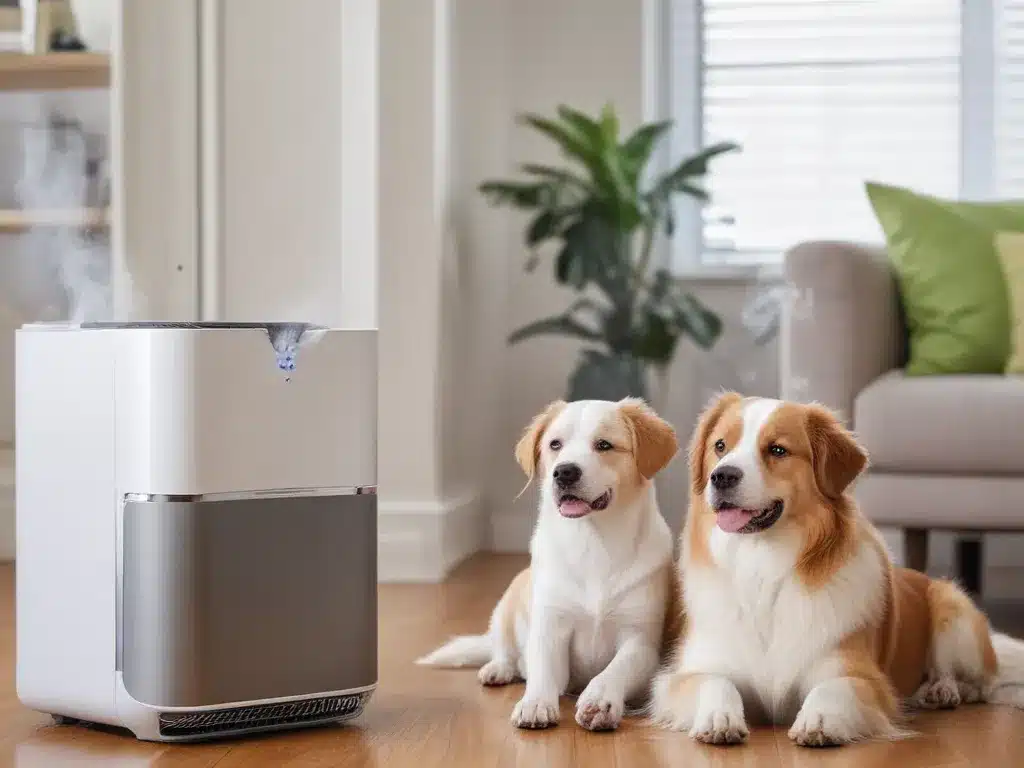Introduction
As a professional cleaning company, we understand the importance of maintaining a healthy indoor environment. Airborne pollutants like smoke, pet dander, and other allergens can significantly impact our well-being and quality of life. In this comprehensive guide, I will explore effective strategies and techniques for purifying indoor air, ensuring a clean and breathable atmosphere for you and your loved ones.
The Importance of Indoor Air Quality
Poor indoor air quality can lead to a multitude of health issues. Exposure to smoke, pet dander, and other airborne particles can cause respiratory problems, allergic reactions, and even exacerbate existing conditions like asthma. It’s essential to take proactive measures to improve indoor air quality, creating a safe and comfortable living or working environment.
Understanding Common Indoor Air Pollutants
Before we delve into purification strategies, let’s familiarize ourselves with some common indoor air pollutants:
Smoke
Cigarette smoke is a significant contributor to poor indoor air quality. The smoke contains harmful substances like carbon monoxide, tar, and particulate matter, which can linger in the air and settle on surfaces. Secondhand smoke exposure has been linked to numerous health issues, including lung cancer, heart disease, and respiratory problems.
Pet Dander
For pet owners, dander (tiny flakes of skin shed by animals) can trigger allergic reactions and respiratory issues. Pet dander can easily become airborne and circulate throughout the indoor environment, affecting even those without direct contact with the pet.
Household Chemicals and Volatile Organic Compounds (VOCs)
Many household products, such as cleaning supplies, paints, and aerosol sprays, contain volatile organic compounds (VOCs) that can evaporate into the air and contribute to indoor air pollution. Long-term exposure to VOCs has been associated with various health concerns, including headaches, nausea, and respiratory irritation.
Mold and Mildew
Excessive moisture and humidity can lead to the growth of mold and mildew, which release spores and mycotoxins into the air. These airborne particles can trigger allergic reactions, respiratory problems, and even compromise the structural integrity of the building.
Dust and Dust Mites
Dust accumulation can harbor various allergens, including dust mites, which thrive in warm and humid environments. Dust mite droppings can trigger asthma attacks and allergic reactions in sensitive individuals.
Effective Strategies for Purifying Indoor Air
Now that we’ve identified the common culprits of indoor air pollution, let’s explore some effective strategies for purifying the air in your living or working space.
Source Control and Elimination
The most effective approach to improving indoor air quality is to address the source of the pollutants. This may involve:
- Eliminating smoking indoors
- Properly ventilating areas when using household chemicals or engaging in activities that generate pollutants
- Regularly cleaning and vacuuming to reduce dust and dander accumulation
- Addressing moisture issues to prevent mold and mildew growth
Air Filtration Systems
Air filtration systems, such as HEPA (High-Efficiency Particulate Air) filters, are designed to capture airborne particles, including smoke, pet dander, and dust. These filters can be integrated into your HVAC system or used as standalone air purifiers. Regular maintenance and filter replacements are crucial for optimal performance.
Air Purifiers
Portable air purifiers can be an effective solution for improving indoor air quality, especially in smaller spaces. Look for purifiers with multiple filtration stages, including HEPA filters, activated carbon filters (for capturing odors and VOCs), and optional UV-C light or ionizers for added purification.
Houseplants
Certain houseplants, such as English ivy, peace lilies, and snake plants, have been shown to have natural air-purifying properties. These plants can help remove harmful pollutants like benzene, formaldehyde, and trichloroethylene from the indoor environment through a process called phytoremediation.
Regular Cleaning and Maintenance
Regular cleaning and maintenance are essential for maintaining good indoor air quality. Vacuuming, dusting, and deep cleaning can help remove accumulated pollutants and prevent their recirculation. Professional cleaning services can also be beneficial, especially for thorough deep cleaning and specialized treatments.
Importance of Ventilation
Proper ventilation plays a crucial role in maintaining healthy indoor air quality. Ensure that your living or working space has adequate airflow by opening windows and doors regularly, or by installing mechanical ventilation systems. This helps dilute and expel indoor pollutants, promoting a fresher and cleaner indoor environment.
Monitoring and Testing
To effectively address indoor air quality concerns, it’s essential to monitor and test the air regularly. Air quality monitors can detect and measure various pollutants, providing valuable data to guide your purification efforts. Professional air quality testing services can also be employed for a comprehensive assessment and tailored recommendations.
Conclusion
Purifying indoor air is a crucial step toward creating a healthy and comfortable living or working environment. By understanding common indoor air pollutants, implementing effective purification strategies, and regularly monitoring and testing, you can significantly improve the quality of the air you breathe. Remember, taking proactive measures to address indoor air pollution can have profound positive impacts on your overall well-being and quality of life.







